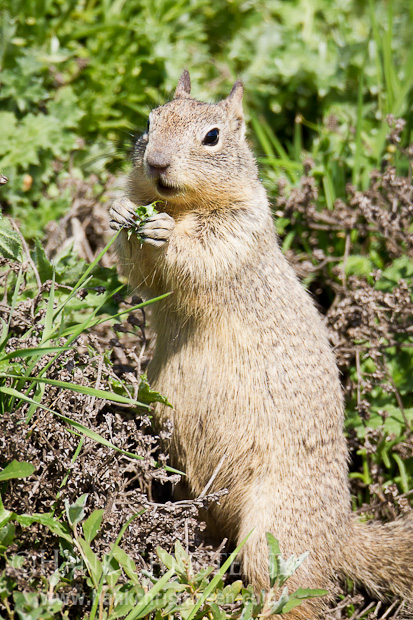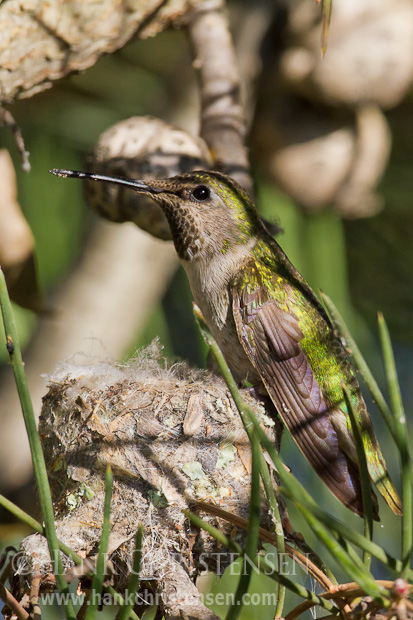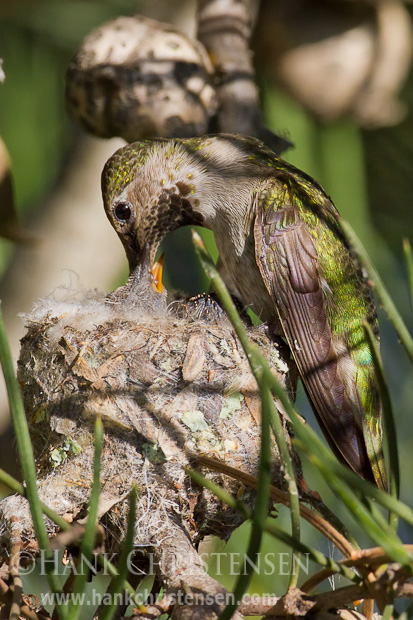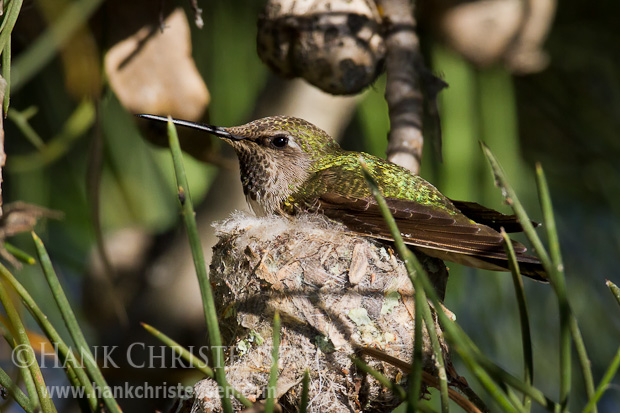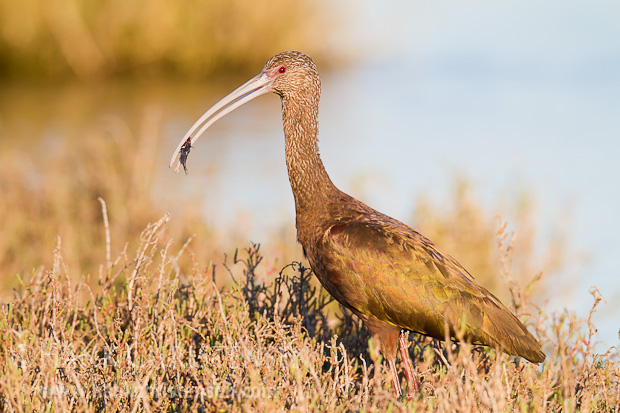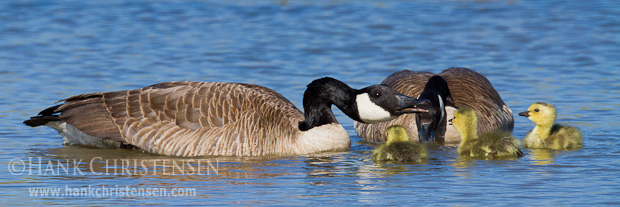
One of my favorite wildlife subjects to photograph is a parent with their new young. Watching how different species teach their children about the dangerous world in which they live is a joy.
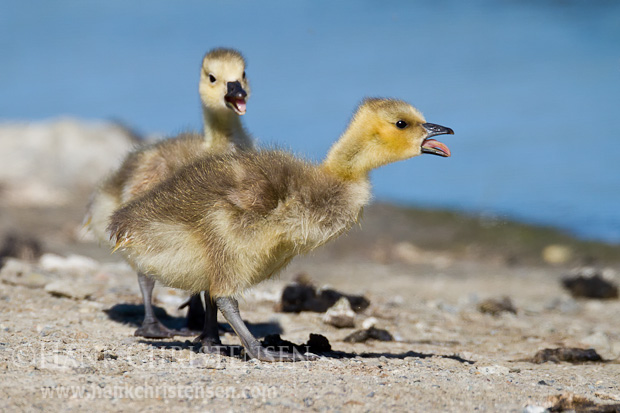
Seeing siblings interact is also a lot of fun. They play together, squabble, and compete for food. All of these help activities teach them important survival skills.
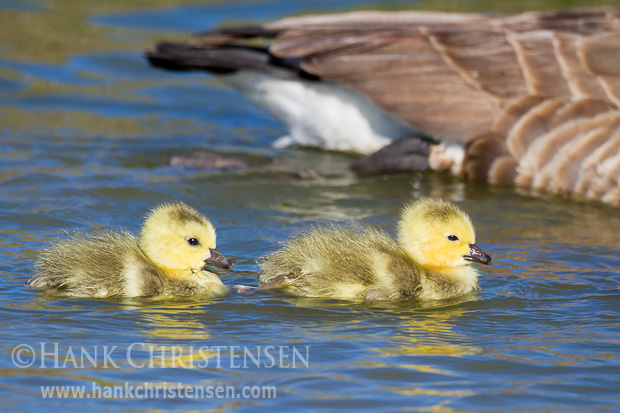
Photographing these family interactions is challenging. You have to be close enough to catch the action, while still maintaining enough distance to let their natural behavior unfold. If you get too close to a family group, the parents will corral their chicks as if from a dangerous predator.
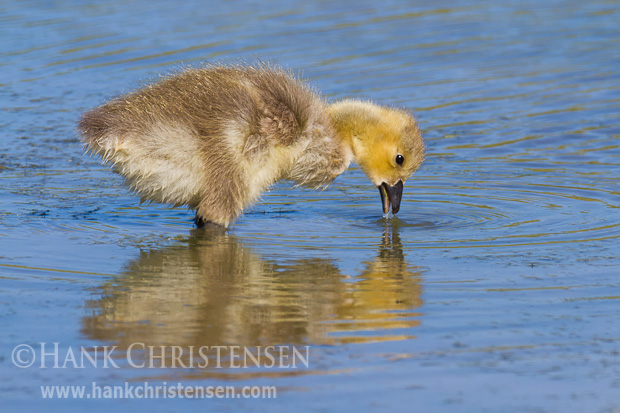
Canada geese is one of the easiest species to see these types of family behaviors in local wildlife. In the bay area they are a year-round species so there are lots of chicks running around in the spring.
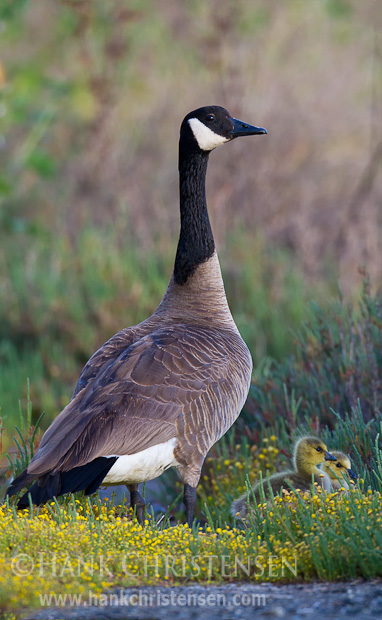
They are much larger than ducks, which allows the parents to teach their young in open areas, rather than keep them hidden in the pickle weed like ducks.
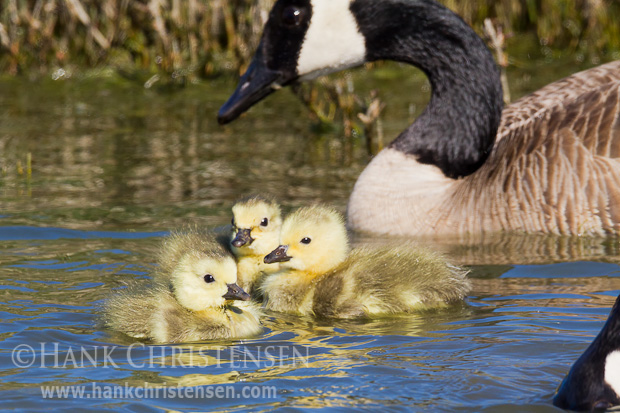
Sometimes I get so wrapped up in watching these chicks that I forget to take photos, and end up using my lens as a scope. They always bring a smile to my face.

